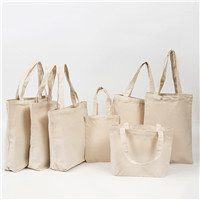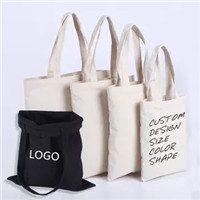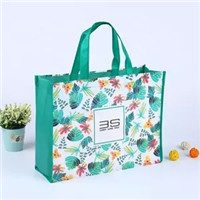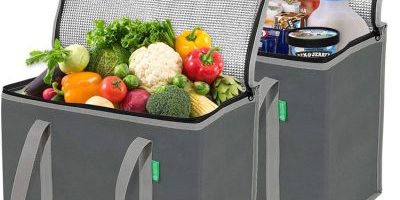Non-woven bags have emerged as a promising solution for reducing plastic packaging waste and promoting a plastic-free future. In this blog, we’ll delve into how non-woven bags are transforming packaging practices, their benefits for businesses and consumers, and their role in advancing the global sustainability agenda.
1. Plastic-Free Packaging Alternative Discover how non-woven bags offer a plastic-free packaging alternative. Learn how their composition and durability make them suitable for a range of products.
2. Customizable Branding Explore how non-woven bags can serve as effective branding tools. Understand how businesses can customize these bags with logos and messages to promote their brand identity.
3. Reusable Packaging Uncover the concept of reusable packaging using non-woven bags. Learn how businesses can encourage customers to reuse these bags, reducing packaging waste.
4. Reduced Environmental Impact Discover how non-woven bags contribute to reduced environmental impact. Understand how their production generates fewer greenhouse gas emissions compared to traditional plastic packaging.
5. Consumer Demand for Sustainability Explore how consumer demand for sustainability drives the adoption of non-woven bags. Learn how businesses can respond to this demand by offering eco-friendly packaging options.
6. Aligning with Global Goals Understand how non-woven bags align with global sustainability goals. Discover how they contribute to responsible consumption and production practices outlined in international agreements.
In conclusion, non-woven bags serve as a step towards plastic-free packaging solutions by providing an eco-friendly alternative, customizable branding opportunities, reusable packaging options, reduced environmental impact, meeting consumer demand for sustainability, and aligning with global goals for a more sustainable future. Businesses and consumers alike can benefit from incorporating non-woven bags into their packaging strategies.






























